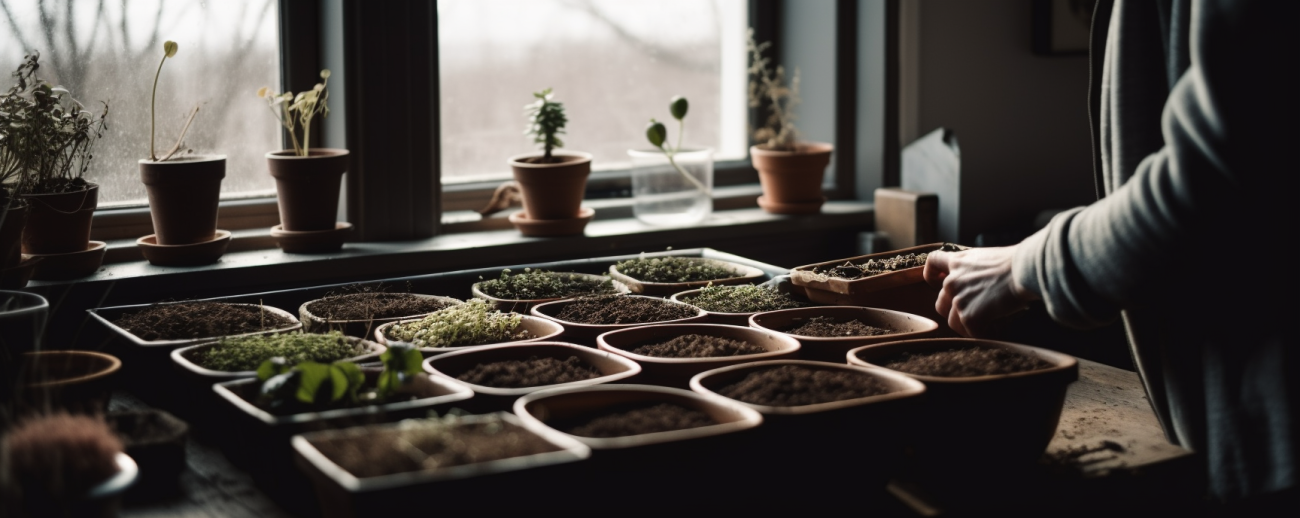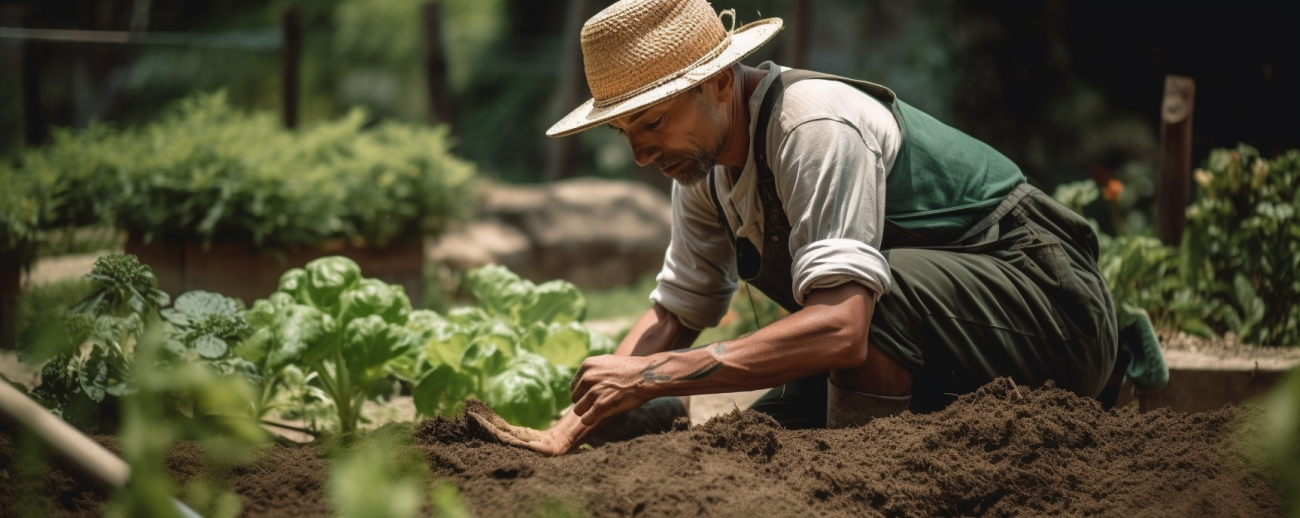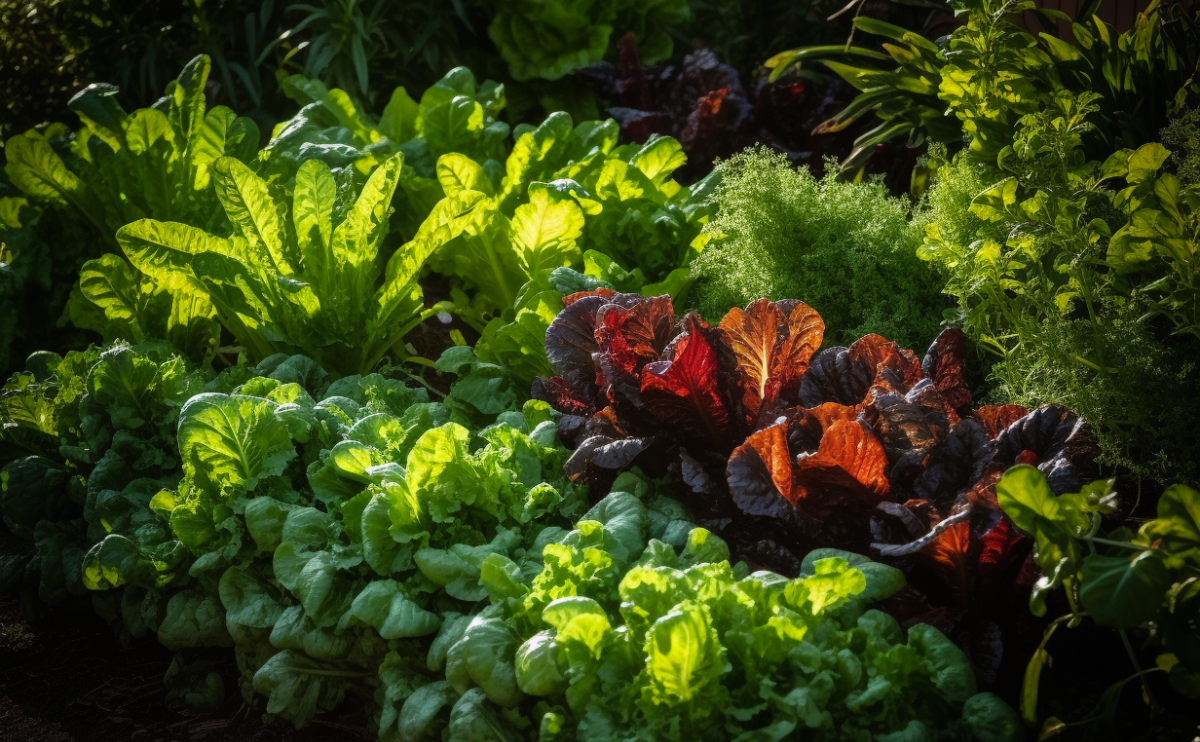Garden enthusiasts, there is something uniquely satisfying about gardening: the communion with nature, the thrill of seeing the first sprouts peek through the soil, the joy of a harvest well-earned. It’s a hobby that pays in health, joy, and mouth-watering produce. For the green thumbs in the USA, summer provides the perfect canvas to paint their garden dreams into vibrant reality. If you’re stepping into the world of summer gardening, here’s your go-to guide to make the most of your horticultural journey.
Understanding the Basics of Summer Gardening
Summer gardening can seem daunting, especially given the variation in climate across different states. But understanding the basics can make it a delightful endeavor. Let’s walk through the crucial factors – from choosing the right seeds to planting strategies, and the important maintenance chores.
Importance of Choosing the Right Seeds
Choosing the right seeds forms the cornerstone of a successful garden. It’s the first, and arguably, one of the most important decisions a gardener makes. The seed varieties you choose can greatly influence the growth, productivity, and ultimately, the success of your garden.
One reliable choice to consider is FarmerValley seeds. Known for their superior quality, FarmerValley offers a range of heirloom and non-GMO seeds.
Heirloom seeds
FarmerValley’s heirloom seeds stand out for their consistency over generations, producing plants that stay true to their parent plant’s traits. They offer gardeners a taste of tradition, while also providing a diverse, flavorful harvest.
Non-GMO seeds
For those seeking a more natural, sustainable gardening path, FarmerValley’s non-GMO seeds are a perfect match. Being free from any genetic modification, these seeds produce plants rich in natural characteristics, ultimately providing a fresh, nutritious harvest. So whether you’re a beginner stepping into the world of gardening or an experienced green thumb, FarmerValley’s range of seeds could be just what your garden needs.
Mastering Seed Planting Strategies
The art of planting seeds effectively is fundamental to your gardening success. Implementing strategic planting approaches can significantly enhance your garden’s productivity, leading to a vibrant and bountiful harvest. Here’s how you can master the seed planting strategies, both indoors and outdoors.
Indoor Seed Planting
When space is a constraint, or when you want to get a head start on the gardening season, indoor seed planting can be an ideal solution. Certain varieties of vegetables and herbs are particularly suited for indoor gardening, offering fresh produce right from your windowsill or balcony.
Starting Seeds Indoors
Seed starting indoors provides an excellent opportunity for gardeners to extend their growing season. Certain vegetable seeds like tomatoes, peppers, and eggplants, as well as herbs like basil, thyme, and parsley, can be started indoors while the weather is still chilly outside. Indoor planting allows you to control the initial growing conditions and protect young plants from pests and extreme weather.
The essential aspect of indoor planting is providing the right growing conditions – proper lighting, humidity, temperature, and water. Using seed starting trays or biodegradable pots can make it easier to manage these conditions and transplant the seedlings later on.
Microgreens and Sprouts
One of the fastest ways to get fresh greens on your plate is to grow microgreens and sprouts indoors. Microgreens are young vegetable greens that are approximately 1–3 inches tall. They have an aromatic flavor and concentrated nutrient content and come in a variety of colors and textures. Microgreens are great for garnishing salads, sandwiches, or dishes, while sprouts can be used in salads and stir-fries.

Outdoor Seed Planting
Outdoor gardening provides an opportunity to grow a wide variety of vegetables, herbs, and flowers. It provides ample space and is rewarding in terms of the sheer volume and variety of produce you can grow.
Direct Sowing Outdoors
Certain plants prefer to be sown directly outdoors. These include plants with large seeds or fast-growing plants that can quickly outgrow their indoor containers. Lettuce seeds and vegetable seeds like zucchinis, cucumbers, beans, and pumpkins are often directly sown outdoors.
Direct sowing outdoors requires a well-prepared soil bed. The soil should be free of weeds and large clumps, and it should be enriched with compost or organic matter. Pay attention to the ideal soil temperature and weather conditions for the seeds you’re sowing.
Succession Planting
To have a steady harvest throughout the season, consider succession planting. This involves planting new seeds every few weeks throughout the growing season. This strategy can keep your garden productive and vibrant, offering fresh produce over a longer period.
In conclusion, whether you’re starting seeds indoors or planting directly outdoors, understanding the unique needs of each plant and applying strategic planting techniques can significantly enhance your summer garden’s success.

The Essentiality of Regular Maintenance
Gardening isn’t a ‘plant and forget’ endeavor. A bountiful harvest is the result of consistent and thoughtful maintenance. In the hustle and bustle of daily life, the regular care your garden needs can seem a bit daunting, but each chore is a step towards a flourishing garden. Here are the key aspects of garden maintenance that you need to focus on.
Pest Control
One of the primary challenges gardeners face is pests. These unwelcome guests can range from tiny aphids sucking the life out of your plants to larger pests like slugs and snails munching on your greens. Invasive insects can pose a significant threat to the health and vitality of your garden. Prevention is better than cure – regular inspection of your plants, understanding the pests common in your region, and early detection can help immensely.
Consider using organic methods to handle pests, such as introducing beneficial insects like ladybugs or using neem oil or homemade sprays. Some gardeners also use physical methods like barriers and traps. Remember, maintaining a balance is key; not all insects are harmful – your garden ecosystem needs pollinators and beneficial insects for healthy growth.
Watering Techniques
Proper watering is a critical aspect of garden maintenance, especially during the summer months. Overwatering can be just as detrimental as underwatering. Each plant has unique water needs, and these needs may change based on the weather and the stage of growth.
Deep watering encourages the roots to grow deeper, making the plants more resistant to drought. Water your plants early in the morning to minimize evaporation and to allow the plants to face the heat of the day. If possible, consider installing a drip irrigation system for efficient and consistent watering.
Remember to water the roots, not the leaves. Wet leaves can become a breeding ground for diseases. If your garden soil dries out quickly or struggles to retain moisture, consider using mulch around the plants. Mulching not only retains soil moisture but also helps control weeds.
Pruning and Thinning
Regular pruning and thinning can significantly enhance your garden’s health and productivity. Pruning involves trimming back overgrown plants, which encourages them to grow fuller and prevents the plant from becoming leggy. It can also help in controlling plant diseases and pests by removing the affected parts.
Thinning is another crucial maintenance chore – it might seem counterproductive to pull out perfectly good seedlings, but it’s important for the overall health of your garden. Overcrowded plants compete for sunlight, water, and nutrients. Thinning ensures each plant gets its share of resources.
In conclusion, regular garden maintenance involves an understanding of each plant’s unique needs, from the right amount of water to the required space to grow. With this information at your fingertips, your summer garden will be on its way to delivering a healthy, bountiful harvest.
Must-have Garden Activities
Try out these garden activities for a more fulfilling experience:
- Build a compost pile: Composting is not only eco-friendly but also incredibly beneficial for the plants. It creates rich soil and helps recycle kitchen waste.
- Plant some flowers: They’re a treat to the eyes and great for attracting pollinators!
- Install a birdbath or a bird feeder: A simple birdbath or a feeder can attract a variety of birds to your garden, making it lively and vibrant.

